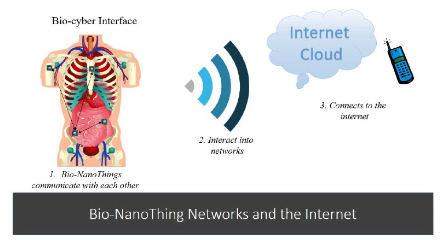For a very long time there was a colloquial saying about the weather, e.g., everyone talks about the weather, but no one can do anything about it. Well, not any-more! One just has to look overhead to see all the weather geoengineering that’s taking place, and being sprayed out of contracted air-planes, for that very purpose.
As far back as the 1960s, we have documentation that controlling the weather was a priority quest.
Furthermore, what did former Secretary of Defence William Cohen [Jan 1997-Jan 2001; Bill Clinton Administration] know about electromagnetic waves and how they interacted with weather geoengineering when he supposedly said,
Others are engaging even in an eco-type of terrorism whereby they can alter the climate, set off earthquakes, volcanoes remotely through use of electromagnetic waves.
From the Executive Summary of the U.S. Air Force 52-page Report “Owning the Weather in 2025: Weather as a force multiplier,” this:
In 2025, US aerospace forces can “own the weather” by capitalizing on emerging technologies and focusing development of those technologies to war-fighting applications. Such a capability offers the war fighter tools to shape the battlespace in ways never before possible. It provides opportunities to impact operations across the full spectrum of conflict and is pertinent to all possible futures. The purpose of this paper is to outline a strategy for the use of a future weather-modification system to achieve military objectives rather than to provide a detailed technical road map.
A high-risk, high-reward endeavour, weather-modification offers a dilemma not unlike the splitting of the atom. While some segments of society will always be reluctant to examine controversial issues such as weather-modification, the tremendous military capabilities that could result from this field are ignored at our own peril. From enhancing friendly operations or disrupting those of the enemy via small-scale tailoring of natural weather patterns to complete dominance of global communications and counter-space control, weather-modification offers the war fighter a wide-range of possible options to defeat or coerce an adversary. Some of the potential capabilities a weather-modification system could provide to a war-fighting commander in chief (CINC) are listed in table 1.
Technology advancements in five major areas are necessary for an integrated weather-modification capability: (1) advanced non-linear modelling techniques, (2) computational capability, (3) information gathering and transmission, (4) a global sensor array, and (5) weather intervention techniques. Some intervention tools exist today and others may be developed and refined in the future.
In the United States, weather-modification will likely become a part of national security policy with both domestic and international applications. Our government will pursue such a policy, depending on its interests, at various levels. These levels could include unilateral actions, participation in a security framework such as NATO, membership in an international organization such as the UN, or participation in a coalition. Assuming that in 2025 our national security strategy includes weather-modification, its use in our national military strategy will naturally follow. Besides the significant benefits an operational capability would provide, another motivation to pursue weather-modification is to deter and counter potential adversaries. [2]
However, was the military satisfied to leave weather geoengineering only for the battlefield? Apparently not, as we can see in the skies above our heads
For rest of article go to link.
By Catherine Frompovich
(Source: activistpost.com. March 14, 2016; http://tinyurl.com/hyc54lh)













